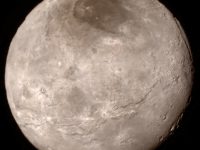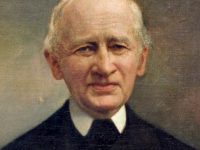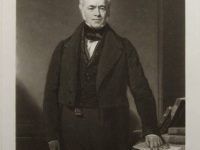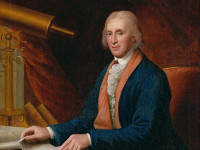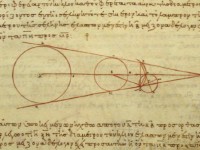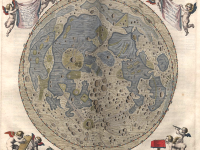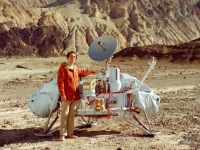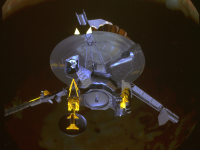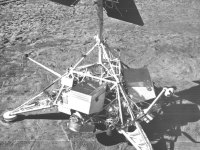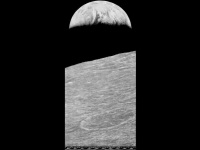The Discovery of Charon, Pluto’s largest Moon
On June 22, 1978, US astronomer James Christie discovered Charon, the largest moon of Pluto. Although there was a discussion after the reclassification of Pluto as a dwarf, Charon is not in the list of dwarf planets currently recognized by the IAU. A Bulge on Pluto On June 22, 1978, James Christy had examined the magnified images of the former planet Pluto, taken with the 61-inch Flagstaff telescope two months prior. He noticed a…
Read more

